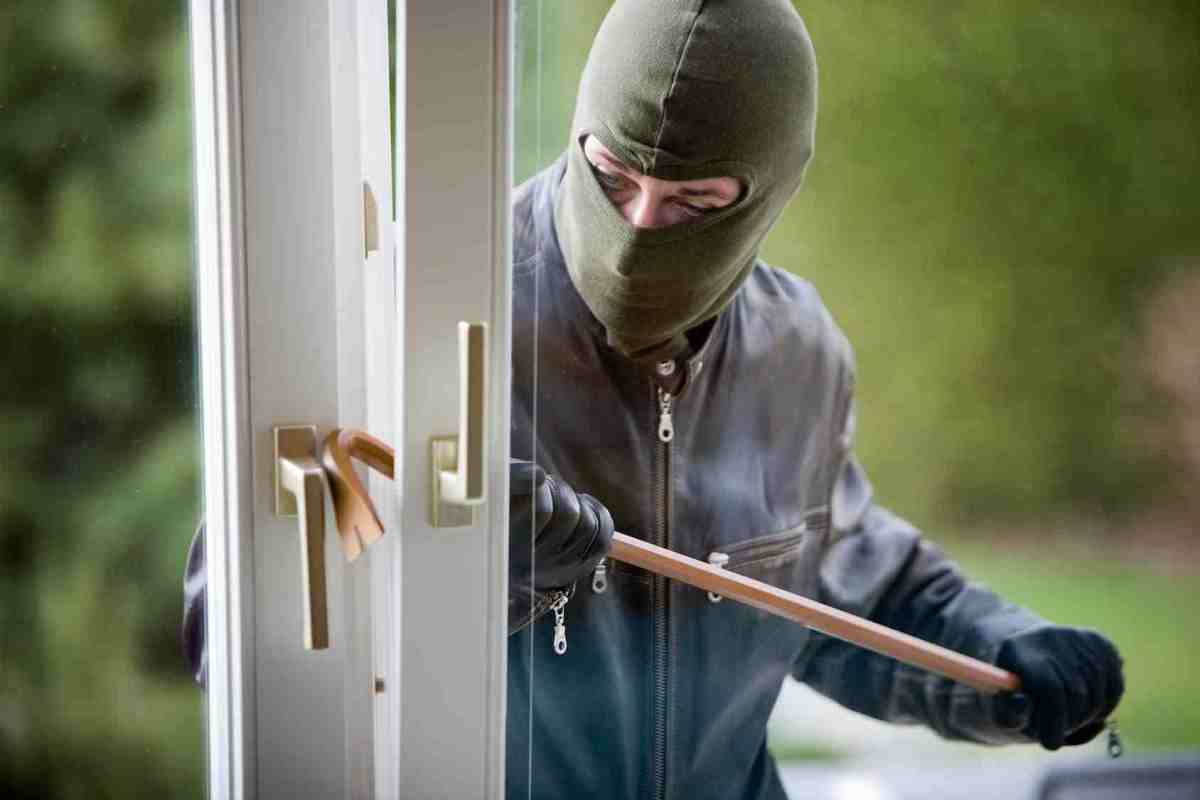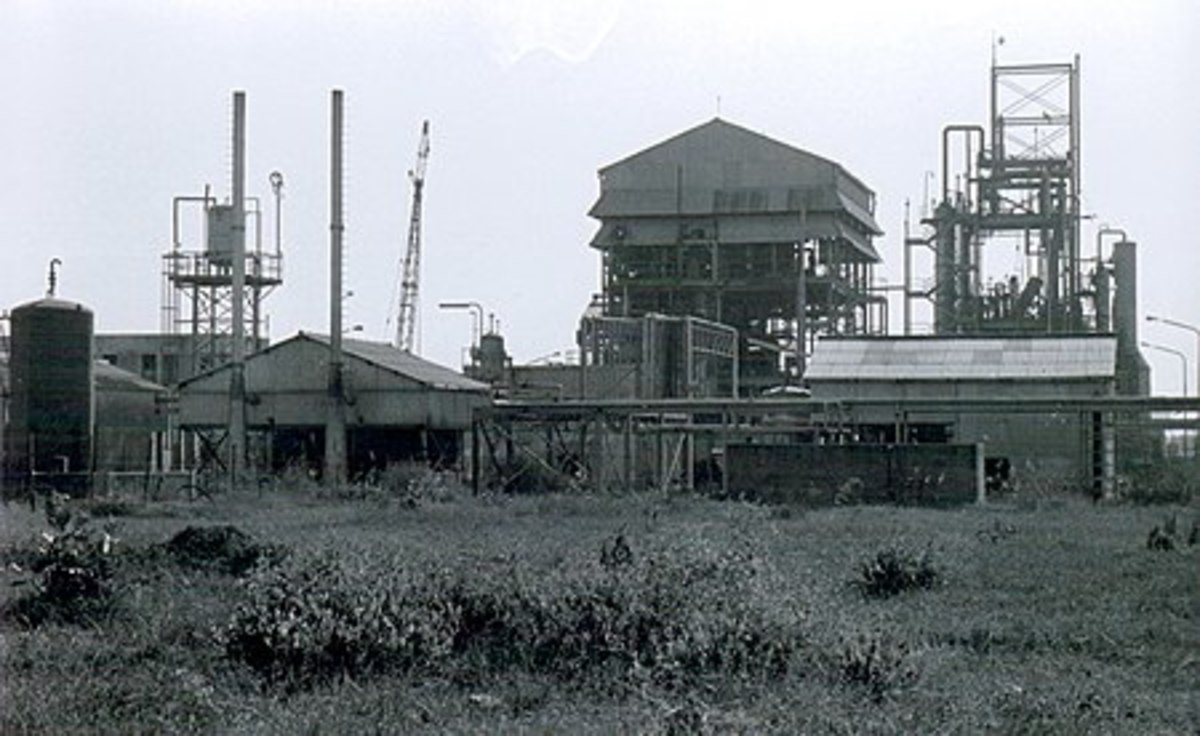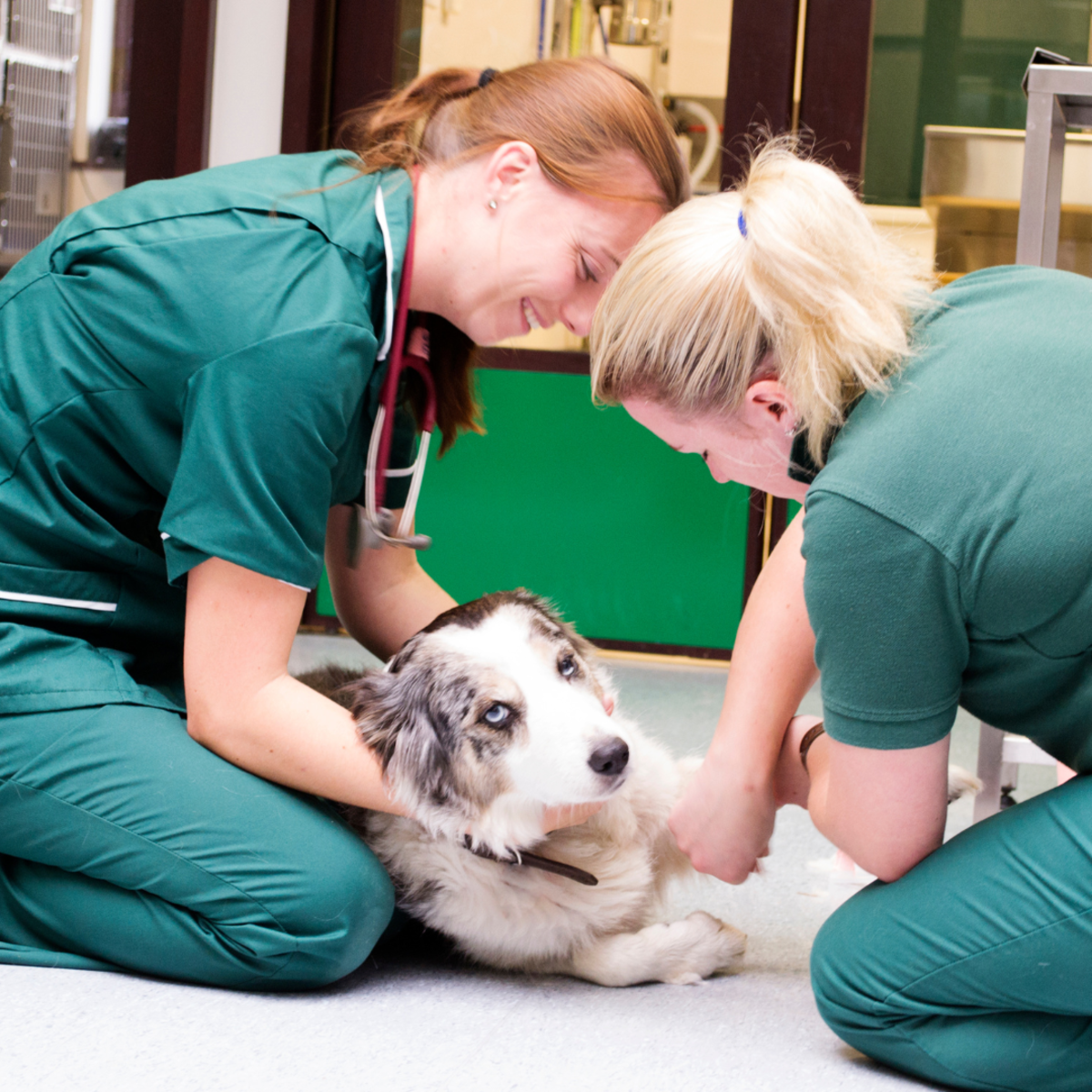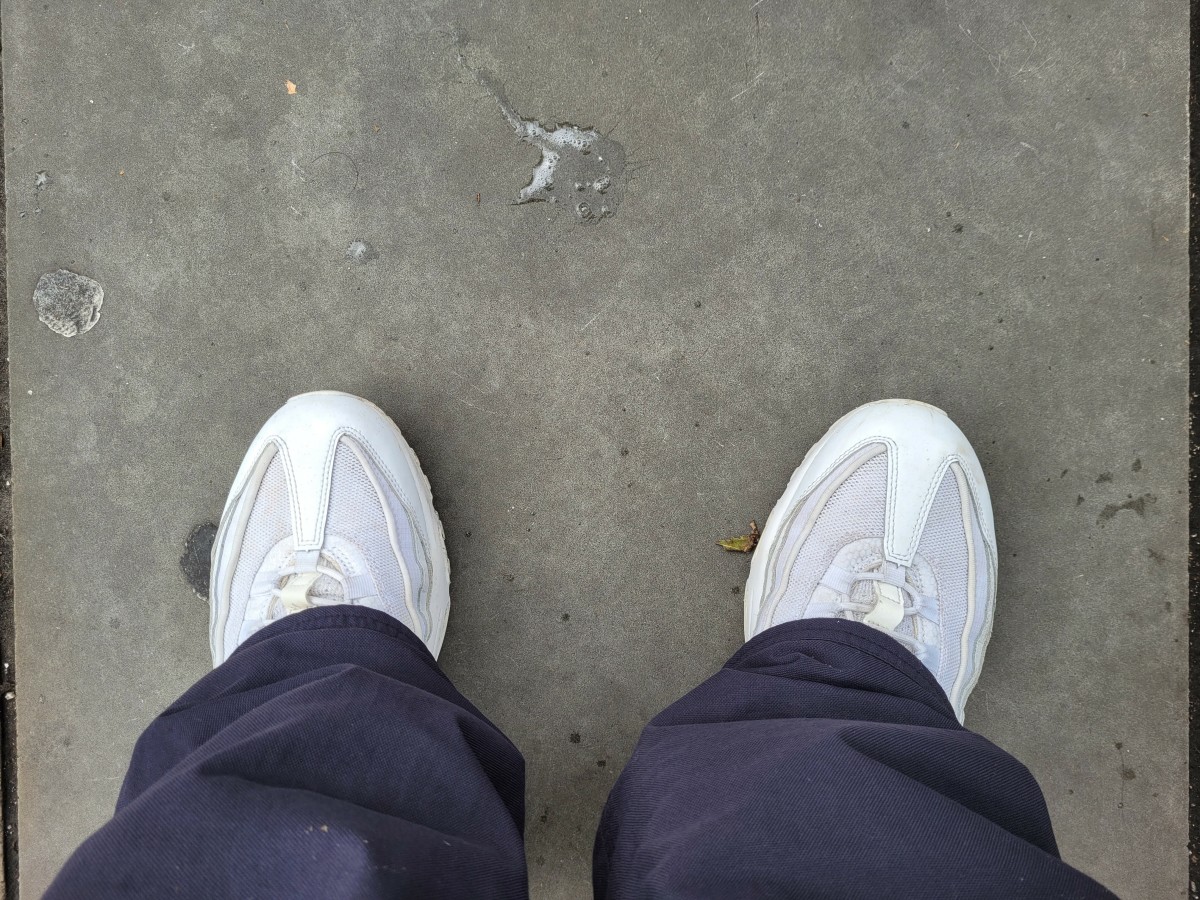Speed Thrills, But Kills
Overspeeding
Accident is defined as an unexpected and undesirable event, a mishap unforeseen and without intention that usually results in harm, injury, damage or loss. Some accidents are collisions and crash that could have been avoided in the first place. And one major cause of these accidents is OVER SPEEDING.
Speeding saves very little of time and is one of the biggest killers on our highways and roads. It increases the chance of having a crash, of having serious injuries, disabilities or death to the person involved in the accident.
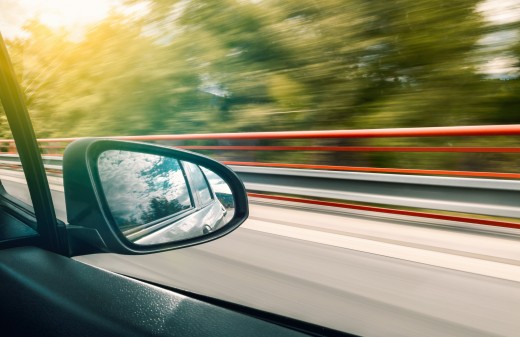
Overspeeding, the act of driving a vehicle beyond the posted speed limits or the safe speed for the road conditions, poses a significant threat to road safety and public well-being. It is a reckless behavior that increases the risk of accidents, injuries, and fatalities for both the driver and other road users.
When drivers exceed speed limits, they compromise their ability to react to unexpected situations, such as sudden stops or obstacles, leading to a higher likelihood of collisions. Moreover, the force of impact in high-speed crashes is often more severe, resulting in more severe injuries or fatalities.
Overspeeding not only endangers the lives of those directly involved but also has broader social and economic impacts, including increased healthcare costs, property damage, and loss of productivity. To combat this dangerous behavior, it is crucial for drivers to adhere to speed limits, drive responsibly, and prioritize safety above all else when operating a vehicle. Additionally, effective enforcement measures, public awareness campaigns, and investments in road infrastructure can all contribute to reducing the prevalence of overspeeding and creating safer roads for everyone.
- How to Avoid Road Accidents : What you don't always learn from driving school
The aim of this book is to enable individuals who base their driving on the suggested principles, to always have a safe journey in any kind of traffic and road conditions, regardless of how other road users behave.
Consequences of driving over the required speed limit:
- This will increase the chance of being involved in a crash
- Driver may have less time to react to avoid a crash
- Will require a greater distance to stop the vehicle and avoid a crash
- Will increase the severity level of injury during a crash
- Can also result in reduced engine life and catastrophic failure
Having self-confidence doesn't provide immunity against accidents. It's a common occurrence to read, see, and hear news reports about fatalities resulting from speeding, leaving grieving families and loved ones in their wake.
Below is a safety data statistics about the saved time in driving at different speeds. Study the data and see the difference of racing with time or taking it slowly and reaching your destination safely:
Safety Statistics

What does the safety data statistics means?
For example you're going on a place 100 km away. We'll put 120 as our reference speed limit. Let's see how much time you will saved when you gain speed above 120:
- When you drive your vehicle at 160 instead of 120 km/hr.
Saved time: 12 minutes only. - When you drive your vehicle at 180 instead of 120 km/hr.
Saved time: 16 minutes only. - When you drive your vehicle at 200 instead of 120 km/hr.
Saved time: 20 minutes only.
See the difference? It’s only 12, 16 and 20 minutes but when accidents happened, those 20 minutes saved time will not be enough to cover all the time you will spend in medical treatments.
Think of these questions before you decide to over speed:
- Do you want to sacrifice yourself, your family, a loved one or anybody else for the sake of saving this 12 or 16 or 20 minutes?
- Do you want to be the cause of permanent disability of others because of careless mistake of over-speeding?
- Do you want to deal with medical and treatment fees because you want to race with time?
Slow down... speed kills.
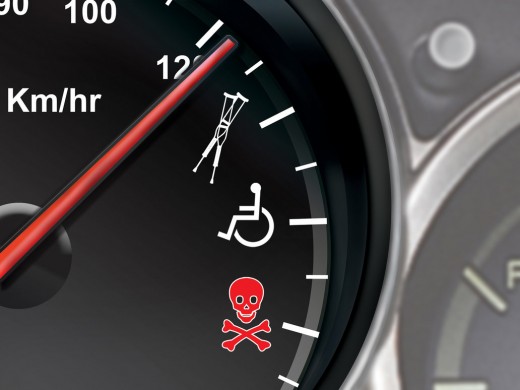
Come to think of it, why do we over speed and put ourselves and everybody at risk when in fact, we just don’t save enough time. There are so many innocents people killed on the road because one driver has confidence to overspeed thinking they will not involved in any accidents.
If people would just take it slowly, reduce travel speed and follow some simple rules on the roads and highways, so many lives could be saved and any permanent disability could be avoided. Some of those few simple rules are just basically common sense. Slow down for your own and everybody else's safety. That's the number one rule.
Let's consistently exercise caution and acknowledge the peril of speeding, not only to ourselves but also to others who may become involved if a collision occurs.
Remember: Speed thrills, but kills. The faster you go, the bigger the mess.
- Cobra RAD 480i Laser Radar Detector – Long Range Detection, Bluetooth, Drive Smarter® App
Cobra’s new LaserEye technology detects signals from both the front and rear of your vehicle, giving you all around protection wherever your adventures take you. Special Features: LaserEye, iRadar App

In conclusion, overspeeding poses significant dangers not only to the driver but also to passengers, pedestrians, and other road users. It increases the likelihood of accidents, resulting in injuries, fatalities, and profound emotional distress for affected families and communities.
Therefore, it is crucial for everyone to adhere to speed limits, prioritize safety, and drive responsibly to ensure the well-being of all individuals on the road. By making conscious efforts to avoid overspeeding, we can contribute to creating safer and more harmonious road environments for everyone.
Slowing down when driving is a fundamental principle of road safety that can help prevent accidents and save lives. By reducing speed, drivers increase their reaction time and enhance their ability to assess and respond to potential hazards on the road. Whether it's unexpected obstacles, sudden changes in traffic patterns, or adverse weather conditions, driving at a slower pace allows for greater control and maneuverability, reducing the risk of collisions. Moreover, slowing down decreases the force of impact in the event of an accident, mitigating the severity of injuries and property damage.
Practicing restraint behind the wheel demonstrates responsibility and consideration for the safety of oneself and others sharing the road. It's essential to remember that arriving a few minutes later is a small price to pay compared to the potential consequences of speeding or driving recklessly.
By embracing a culture of responsible driving and prioritizing safety over speed, motorists can contribute to creating a safer and more harmonious environment on our roads.
This content is accurate and true to the best of the author’s knowledge and is not meant to substitute for formal and individualized advice from a qualified professional.


